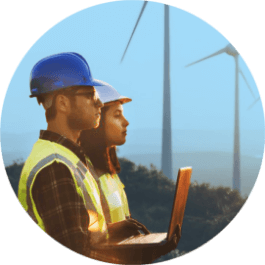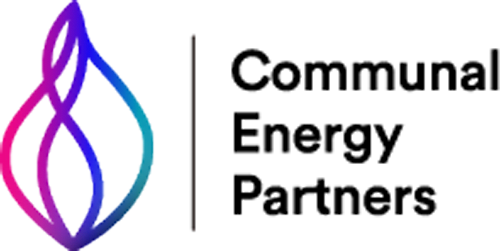Utility submetering is a system for measuring the actual consumption of utilities by users, for which they are required to pay according to established tariffs. To measure individual tenants’ utility usage, such as water, electricity, or gas, separately from the main meter, sub meters for gas, electricity, and water submetering are used. This means that a separate meter can be installed for each user and each type of service.
MaxBill has been in the field for 28 years, delivering robust utility billing software to utilities. We’d like to delve deeper into utility submetering nuances and reveal the main reasons why businesses need sub-metering.
What is Submetering?

Submetering refers to individual meters for apartments, for various types of utilities — different meters for water, electricity, gas, heat, etc. There are still situations where a single meter (for example, for heat) is installed for the entire building, and the amount billed for the billing period for this resource is distributed proportionally among all apartment owners. When it comes to individual heating systems, where each apartment owner can regulate the temperature, they can influence how much they must pay in the end. This is impossible with a general meter. Therefore, submetering has become widespread worldwide.
Why Do Landlords Submeter Utilities?
It allows for the efficient and fair measurement and billing of resource consumption by individual households. On the one hand, tenants can regulate their consumption and save on it if necessary, while for landlords, tools like gas, water, or electric sub meters help better serve clients, set fair prices, and even combat the occurrence of debts from consumers. Hence, the system is mutually beneficial.
Submetering becomes even more useful for businesses, as enterprises consume more services than regular users. This type of billing is more advantageous for them, as these costs can be immediately included in the annual budget, product and service costs, etc.
Related:
The Ultimate Billing System for Housing Associations in the UK.
Main Reasons Why Businesses Use Sub-Metering


Besides fairness and convenience in billing, there are several other reasons why submetering is a beneficial solution for any business:
- Submetering allows businesses to identify all areas of resource consumption and losses (such as energy) and pinpoint the most costly, energy-intensive processes. This enables businesses to switch to energy-efficient equipment, reduce losses, and decrease consumption intensity where possible. Having real data, businesses can take actionable steps.
- Submetering helps determine whether energy-efficient solutions or resource-saving methods work.
- When multiple tenants operate in the same space, having a meter for each company ensures that businesses do not overpay for resources they do not use.
Businesses of all kinds can benefit from such a strategy. For example, in commercial buildings used by multiple companies, sub-metering allows each tenant to be separately billed for their actual consumption of resources such as water, heat, electricity, gas, etc.
Similarly, sub-metering is useful for large industrial facilities where different production lines may consume varying amounts of resources. It is necessary to assess the efficiency of each process and understand how to optimize operations or reduce costs.
Quite often, submetering is beneficial for hotels and restaurant complexes, enabling such businesses to control and manage energy and water usage in guest rooms and common areas. Even in retail trade, when individual shops lease retail space, sub-metering is useful. This allows for billing based on individual consumption, which is a fair and economically justified decision.
In fact, in any business sector where it is necessary to rent part of premises or use multiple buildings or campuses, this step helps optimise utility costs and maintain clear accounting and reporting.
Main Types of Utility Submetering
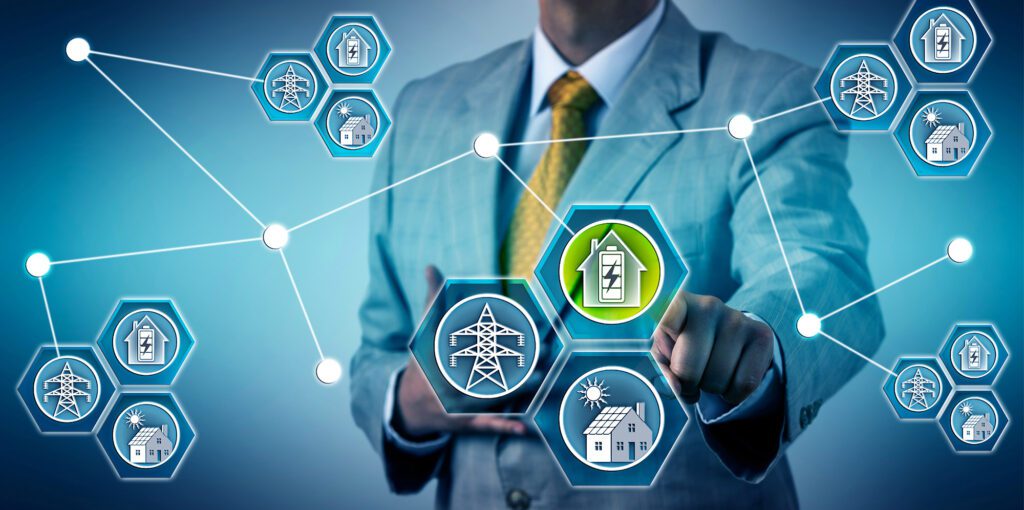

Utility submetering involves installing separate meters for each resident of a building or each business renting shared space. These meters can track gas, electricity, water, heating, and other services, allowing precise measurement of each consumer’s usage.
Utility submetering has become an essential practice for managing and optimizing energy consumption across various sectors. By implementing energy submetering systems, businesses and residential buildings can accurately monitor and control their use of resources such as gas, electricity, and thermal energy. Submetering gas usage helps in detecting leaks and ensuring efficient consumption, while electricity submetering provides insights into power usage patterns and identifies opportunities for energy savings. Thermal submetering, including heat submetering, enables precise measurement and control of heating systems, leading to improved comfort and cost efficiency. Advanced solutions like multichannel submetering integrate all these functionalities, offering a comprehensive overview of utility consumption and facilitating better resource management.
- Tenant utility submetering is a crucial technology for property managers looking to improve cost allocation and energy efficiency.
- In apartment sub-metering, individual units are equipped with meters that track water, gas, and electricity usage separately, ensuring tenants only pay for what they consume. This system not only promotes fairness but also encourages responsible energy use.
- For commercial submetering, the benefits extend to office spaces where submetering can accurately monitor and bill each tenant’s energy usage.
- By implementing submetering in office spaces, building owners can provide transparent utility billing, which can lead to better energy management and increased tenant satisfaction.
Proportional Allocation or RUBS
Ratio Utility Billing System (RUBS) is another method of submetering. This system allocates utility costs based on factors such as the number of residents, apartment size, or a combination of both. Instead of directly measuring each tenant’s consumption, RUBS calculates a proportional share of the total utility bill for each apartment. This method can save costs on installing individual meters for each unit.
Which Companies Should Implement Utility Submetering?
Installing meters is not as simple as it might seem; hence, submetering is handled by companies specializing in this field. Often, these are the same companies providing direct services to consumers, or they may hire contractors to perform this work.
Why Can’t Users Install Their Meters?
The meter must be integrated into the overall project, meet technical standards and requirements, and be accurate. This is essential for both consumers and property owners. Therefore, DIY meter installation is not a feasible option.
The meter must be registered, and the subscriber must be switched to a different billing system. Simply installing a meter does not determine how much a specific consumer will pay; it only measures usage. The system works only when the meter:
- Meets all requirements;
- Is correctly installed;
- Is entered into the system;
- The subscriber is transferred to a different billing system.
- An RBC (read, bill, collect) company is assigned to read the meter data, issue bills, collect payments, and maintain the customer’s payment history.
The RBC company also provides technical support to customers and offers other solutions, such as increasing NOI or reimbursing certain expenses.
What Are the Differences Between Metering and Submetering?
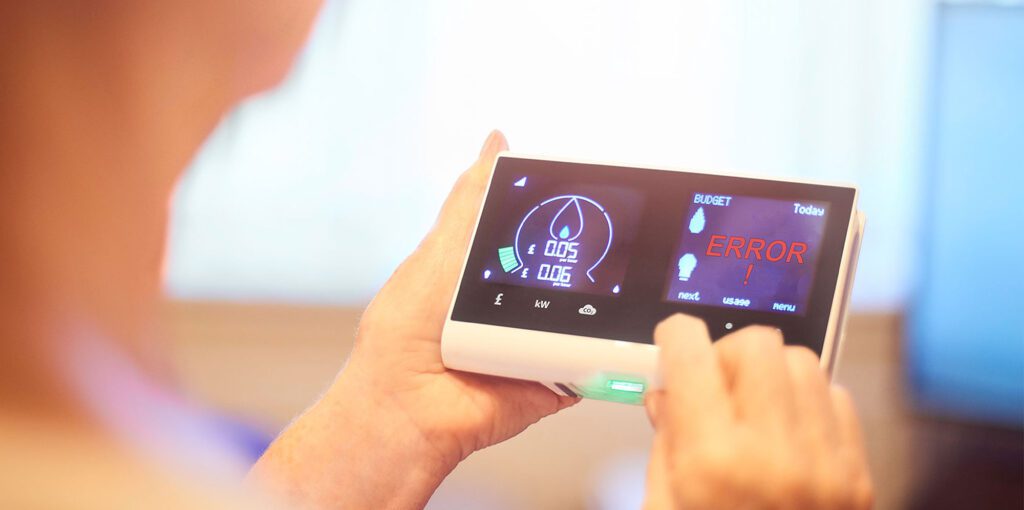

As you may have seen from the examples above, building-level metering and submetering are different concepts. The commonality between them is that they involve measuring the precise amount of services or resources consumed. When referring to the measurement of services delivered to a building, enterprise, or other facility as a whole, it is about metering. In this case, a single main meter is installed, which records the total consumption of a particular resource. Such a meter might be located in the building’s basement, for example.
Meanwhile, submetering is a way of more specifically and accurately measuring the consumption of water, electricity, heating, or other utilities. With submetering, in addition to the main building meter, each consumer, whether commercial or residential, can measure how much they have consumed individually. This additional meter is installed in the premises (apartment, office, production facility) after the main building meter or even instead of it.
Thus, the key difference between building-level metering and submetering lies in where the meters are located and for what purpose. When a single main meter for the entire building is sufficient for billing purposes, it can be used alone. However, when it comes to commercial consumption of utilities (enterprises, factories, and supermarkets), businesses can significantly save costs by using submetering.
Related:
Smart Meter in Europe 2024-2030 to Transform Utilities and Empower Consumers.
What Is Net Metering, and How Does It Work?
Covering Half-Hourly Meters for Large Businesses and Industries.
What Makes the Ultimate Billing Solution for Submetering: Key Characteristics?
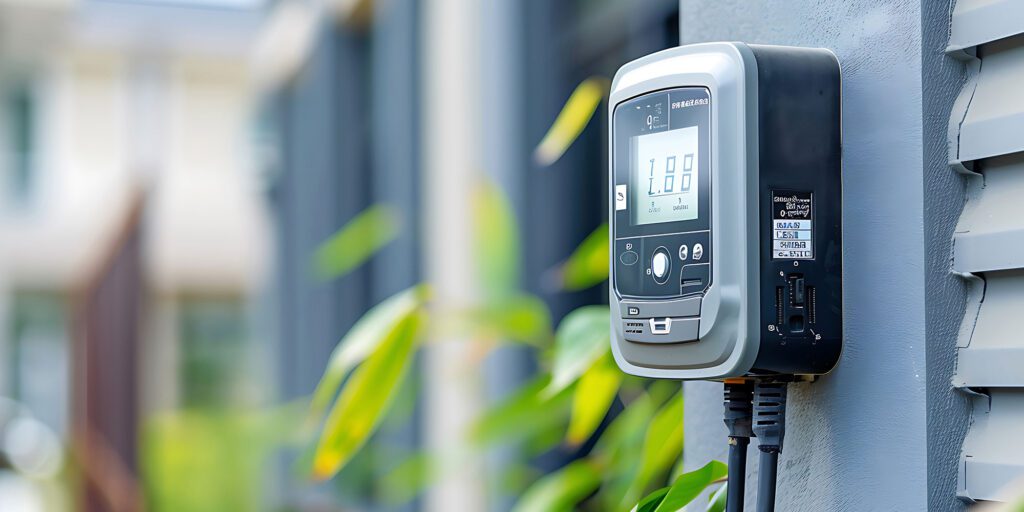

The ultimate billing solution for submetering should possess the following key characteristics:
- Accuracy: Precise measurement and recording of individual utility usage to ensure fair billing.
- Transparency: Clear and understandable billing processes that residents and businesses can trust.
- Flexibility: Ability to handle various billing methods, including true submetering and RUBS, to suit different property types.
- Automation: Streamlined processes for billing, collection, and reporting to reduce manual effort and errors.
- Integration: Compatibility with existing property management systems for seamless operation.
- Scalability: Capable of handling properties of all sizes, from small multifamily units to large commercial complexes.
- Support: Reliable customer service and technical support to address any issues promptly.
- Compliance: Adherence to regulatory standards and requirements to ensure legal and operational compliance.
- Energy Efficiency: Tools and insights to help residents and businesses reduce consumption and save costs.
- Data Analytics: Advanced analytics to provide actionable insights for optimizing resource usage and enhancing efficiency.
How Maxbill Can Help Utility Companies
Maxbill is a company that undertakes the full cycle of necessary interactions with each consumer, acting as a contractor for utility companies.
Maxbill helps utility companies optimize their operations and automate processes, as well as reduce the issue of customer debts. This is achieved by offering consumers a convenient electronic account, measuring the actual consumption of services, maintaining a payment history, issuing bills, and sending payment reminders. The service can also forecast which users might potentially encounter debt problems for consumed services — these warnings are generated by the system based on data analysis using AI.
By ensuring accurate and transparent billing processes, providing reliable analytical tools, and even offering the development of multi-level tariff systems, Maxbill facilitates the work of utility companies and increases customer satisfaction.
